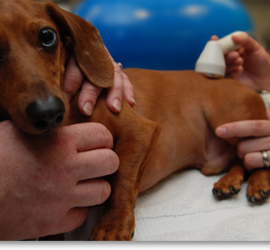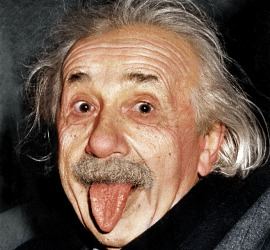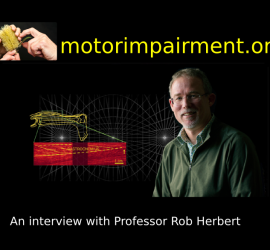Long-term self-stretching increases muscle length in chronic hemiparesis 2
In stroke-induced hemiparesis, muscles such as the plantar flexors undergo dramatic alterations that involve both physical shortening (decrease in fascicle length) and viscoelastic loss of extensibility (Kwah et al., 2012). This muscle disorder has been termed spastic myopathy (Gracies, 2015) and is commonly treated with stretching techniques. However, the effectiveness […]






